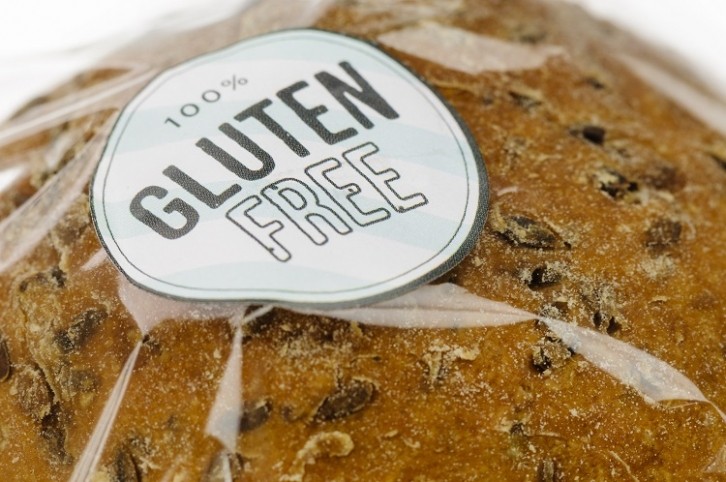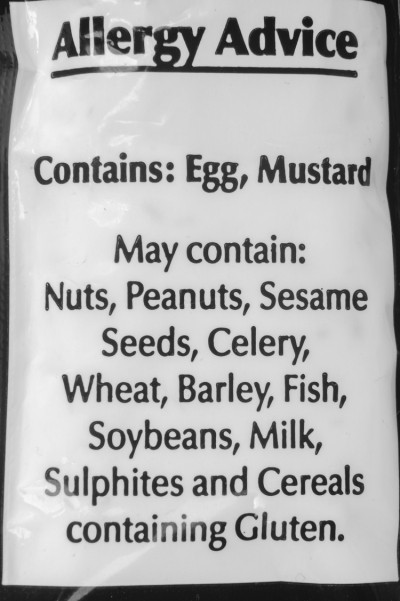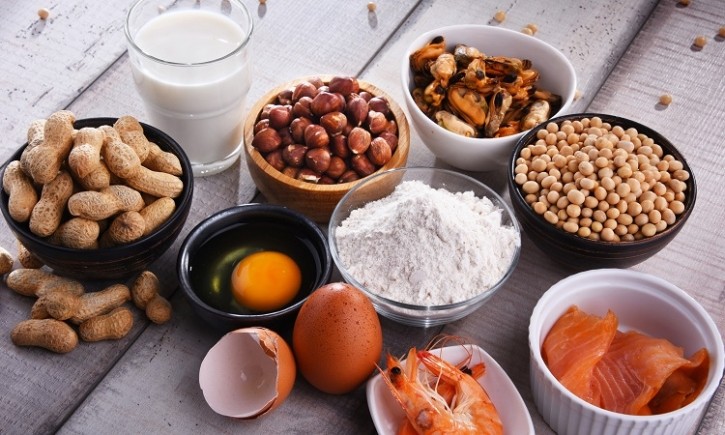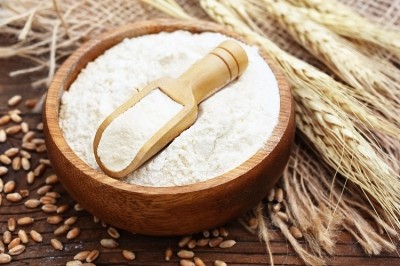Free from: Allergen contamination can never be ruled out 100%

In food retail, amidst a sea of potential triggers, the free-from aisle claims to offer a safe space for sufferers of food allergies and intolerances. But whether consumers can ever be certain these products are completely free from major allergens is doubtful.
Contamination risk is always a possibility
Food allergies can be life-threatening. In the UK alone, close to 200 people have died since 1992 where the cause of death was likely to be food-induced anaphylaxis. Better known examples include Natasha Edna-Laperouse, after whom Natasha’s Law is named, and Owen Carey, who died after unknowingly eating a burger made with buttermilk.
For manufacturers of free-from products, allergies and intolerances tend to be a top priority. In the UK, Angelic Free From – maker of the country’s first top 14-allergen-free biscuit products – takes cross-contamination ‘very seriously’.
“We check every ingredient that comes into the site, and there’s a level of testing that goes to support that,” explained founder Kirsty Dingwall at FoodNavigator’s recent Positive Nutrition Digital Summit.
But can a two-pronged, or even three- or four-pronged, approach ever eliminate contamination risk? Even then, it’s challenging to say with 100% certainty that products are 100% free from, explained the start-up founder.
Why? Because of the multiple stages of production, from farm right through to fork.
One-hundred-percent certainty won’t be achieved the way our current food system operates. That’s the view of Jennifer Elegbede, global food and health applications manager at ingredients supplier Lycored. “As long as our food chain is not vertically integrated within the companies themselves, you’ll never have certainty of what is going into the product.”
With a great number of food brands, both big and small, relying on co-manufacturers, the risk increases. “That [creates] opportunities for the introduction of allergens. Even if the facility doesn’t have allergens in their ingredient subset, there’s never a 100% certainty that will always be that way.”
Allergen risk exists along the value chain, from farm to fork
Contamination is not a risk in the manufacturing facility alone: it exists along the entire value chain, from farm to fork. This puts manufacturers in a tricky position, as outside of their facilities, they lose oversight.
Contamination risk exists at the farm level, for example. A lesser known but common crop rotation is garlic and peanut. That means growing them both in the same field, one after another. Without proper testing in place, this kind of practice could prove fatal for garlic consumers: peanut allergy is the most common cause of food-induced anaphylaxis. “You have to go all the way back to the farm level to really understand the risks,” according to Mike Adams, head of product innovation at food research company Camden BRI.
Adams stressed this is also true within the realm of gluten-free. “A lot of gluten-free cereals are often processed in the same facilities as wheat, rye, and other gluten-containing cereals, And once it’s in there, the risk of cross-contamination well before a product arrives in a factory is high.”
Even with proper testing available, the process can only rule out contamination risk for the sample analysed. Testing has its limitations, explained the product innovation chief. “It only tells you the sample you’ve tested is free-from contamination. It doesn’t tell you about everything else.”
“You can never be 100% sure. But you can be close to 100% if you have the correct level of risk assessment all the way across your supply chain.”
Even when a product makes it safely through the value chain and into consumer homes, the risk doesn’t end there. There is always the risk that contamination occurs in a consumer’s cupboard or fridge, suggested Harri Kallioinen, senior VP, R&D at dairy major Valio.
“In the end, I think you can never be 100% sure that something is totally free from, but you can minimise the risk quite efficiently.”

What can food makers do? Putting ‘may contain’ on the label is not the answer
Aside from testing, what other levers can food makers pull to ensure food is safe for consumption?
Something commonly seen on-pack are the words ‘may contain’. This label means that while the product doesn’t intend to contain the allergen in question, the manufacturer can’t rule out that its presence. In other words, the food product might be free-from allergens, but there is a chance it isn’t.
‘May contain’ labelling may be particularly helpful on food products labelled ‘vegan’, since the claim does not mean the food is safe for those with allergies to animal products (‘vegan’ is a dietary label only). Recent research suggests consumers are unaware ‘vegan’ does not mean free from animal products.
But Angelic Free From’s Dingwall implores food makers to avoid ‘may contain’ labelling for the sake of at-risk consumers. She describes the label as a means of ‘opting out’. “It doesn’t help consumers.”
Dingwall continued: “Most likely, they understand that there is always that inherent risk that nobody can completely control.” But the founder believes companies need to communicate they’re taking it seriously and have put ‘every measure’ in place to offer the safest product possible. “Brands need to take responsibility…and make claims.”
Missed any of FoodNavigator’s Positive Nutrition Digital Summit 2024? Don’t worry, you can still access all of our sessions and handouts, which will be available on-demand for the next 90 days. Click here to register for free.
























